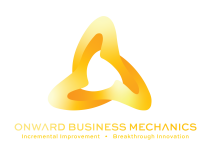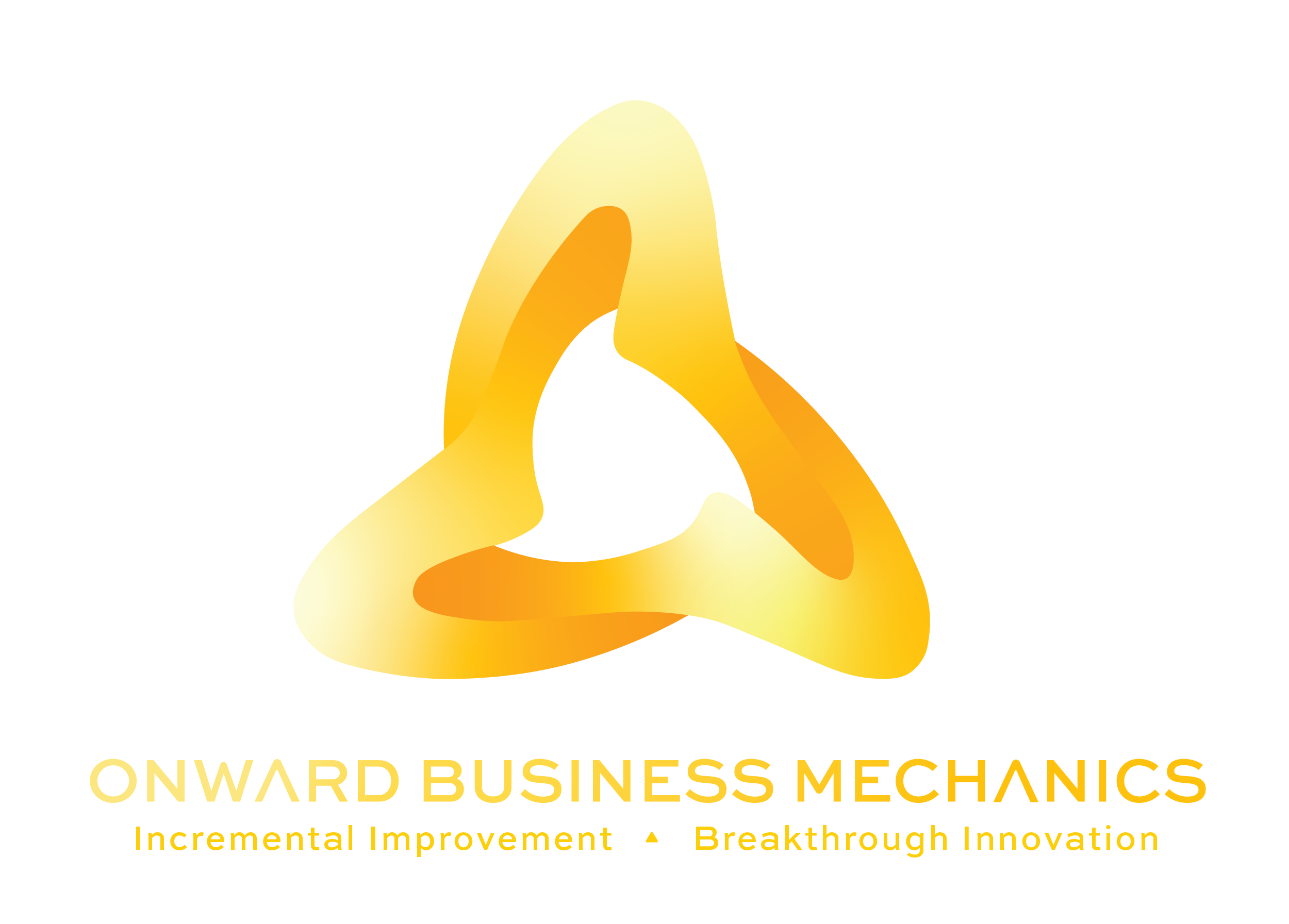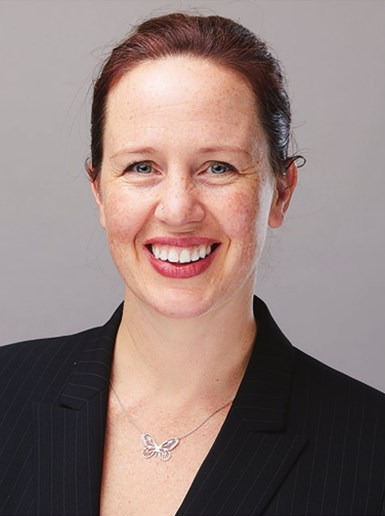After leaving my job in December 2009, I wasn’t quite sure what to do. When you’re Canadian and it’s winter and you don’t know what to do, leaving the country just makes sense! At least, that’s what I did. I took off to the Caribbean and South America for some R&R, planning on taking a few months. But it only took a few weeks for me to get restless. Dancing at night and lying on the beach all day was all very well, but I wanted to do something.
What to do when your work follows you
So I lined up a volunteer stint in Ecuador at a wildlife rescue centre (since I was in the neighbourhood anyway). It was deep in the jungle, about as far from the corporate world as you can possibly get. I was planning to lose myself in the natural surroundings and hard physical labour – maybe come up with a brand new career path to pursue. Instead, I found myself looking for the most efficient ways to achieve the simple tasks we were being given to do – just like I had been doing as a Continuous Improvement professional for the past several years. Well, this was interesting! I couldn’t ‘turn off’ thinking that way, even though I was trying to take a break from my work and even wipe the slate clean. I wanted to optimize, plan, organize, and analyze everything that we were doing, in order to help us save money and take better care of the animals.
It was then I was absolutely sure that I had a passion for the work I was already doing, and that my work in Continuous Improvement, Lean and Six Sigma had soaked into me completely. I knew I would continue to do it even after my break was over – but with a twist. I could deliver a great deal of value to organizations like the wildlife rescue centre, not just to big companies as I had done previously. I was the only one in the jungle who knew about business improvement, problem-solving, optimization, communication, contingency planning and other project management tools.
This meant that if I could just find the right opportunities, I’d be in a unique position to help, a possibility that I found very intriguing and exciting. I was also inspired thinking of the impact I would be able to provide.
Show me the money
Like any good Continuous Improvement engineer would, I thought about how the value of improvements to that rescue centre could be measured: cost and the morale of the place. Morale is not to be underestimated for a place that depends on volunteers to run. The value of the cost savings I could deliver would be pretty incremental (monkeys would get their banana on time more often, or we could maybe save enough money by optimizing the grocery bill), but the idea was planted nonetheless.
Thinking back I have 100 more ideas for that wildlife rescue centre: visual aids for the food preparation stations to make sure no food (for animals or people) is wasted or contaminated (Visual Aids), a custom phrasebook to make sure that whoever goes to town on Saturday to do the shopping has the Spanish vocabulary to ask for what they need (Custom Training Content Development), a volunteer training primer to help everyone understand the context, history and goals of the centre (Rallying a Team around a Vision), as well as what duties will be expected of them (Standardized Work Instruction). All toward the outcome of letting the centre accomplish its goals – that is, provided they were interested in lower costs, higher productivity, fewer mistakes, better team spirit, more engaged and enthusiastic volunteers!

Though the goal is to return the creatures to the wild upon their release from the centre (where they will have no contact with humans), it was pretty tough to resist this little guy. He was very cuddly when he arrived.
He’s not thinking about process efficiencies – he just knows he’s hungry!
Multiply the impact
Now what if I could partner with other organizations, centres, co-operatives and companies to create benefits on an even bigger scale? That would become my goal: leveraging what I learned about in industry to help those whose first priority is making the world a better place. As a friend of mine once said, let your heart decide where to go, then use your head to get there.
So that’s what I have been doing in the ‘giving back’ part of my business ever since.
When I arrived, we had to walk across the river on the concrete trusses because the bridge was out. So here I am stripping bark off of logs to make a new one!
This was a ridiculously satisfying job. You start with furry, mossy, jagged-bark-covers trees and finish with beautiful pristine logs the colour of liquid honey. And the tree sap smelled like licorice. And 10 days later we had a bridge!



